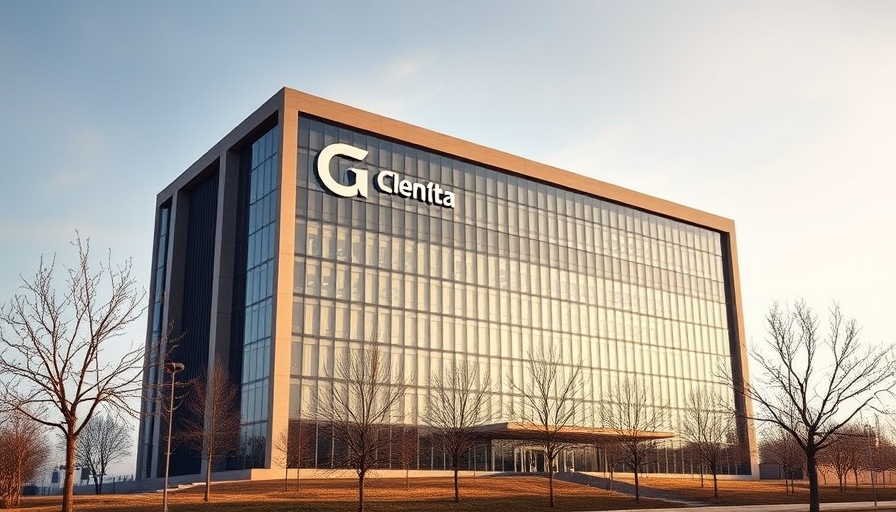
Exploring the Shift Towards Youthful Workforce at Vedanta Aluminium
In a significant shift that reflects the evolving landscape of modern industries, Vedanta Aluminium has reported that 93% of its new recruits are fresh graduates or early-career professionals. This strategic focus on youthful talent not only underscores the company’s commitment to innovation but also highlights the importance of engaging young minds for sustainable growth. With an average employee age of just 31 years and 65% of the workforce under 35, Vedanta is harnessing the potential of youth to redefine the future of aluminium production and manufacturing.
Empowering Young Minds to Drive Innovation
On the recent International Youth Day, Vedanta Aluminium celebrated its vibrant workforce, asserting its belief in the transformative power of younger employees. These fresh faces are enabling a paradigm shift towards low-carbon aluminium production and advanced manufacturing solutions, utilizing Artificial Intelligence (AI) and Industrial Internet of Things (IIoT) technologies. The company’s innovative framework, aptly named the 3x3x3 Career Growth Framework, encourages leadership development through diverse experiences, rotating employees across three roles in three locations over a three-year period. This initiative not only helps in building versatile professionals but also aligns with the company’s goal of creating a robust future-ready workforce.
Driving Sustainability Through New Ideas
As the demand for sustainable practices rises, Vedanta's commitment to green initiatives is notable. New engineers are at the forefront, optimizing operational processes via AI command centers and contributing to what the company describes as "innovation sprints." Such initiatives have led to young teams being responsible for 60% of the company’s AI and machine learning breakthroughs. This engagement profoundly demonstrates how integrating fresh perspectives leads to practical and impactful solutions that benefit both the company and the environment.
Leadership Insights: A Vision for the Future
Rajiv Kumar, CEO of Vedanta Aluminium, emphasizes the integral role of the young workforce in sculpting the company's future. He notes, "Our young employees are pivotal to our transformation and growth. They introduce fresh thinking, proficiency in technology, and a commitment to sustainability that shapes our manufacturing processes." Such a vision appeals not only to talent management but resonates with HR professionals aiming to establish better frameworks for nurturing newly inducted employees.
Challenges and Opportunities in Talent Management
As Vedanta Aluminium showcases the benefits of a youthful workforce, it also invites consideration of the challenges that accompany such a strategic direction. HR professionals must address potential gaps in experience, ensuring that mentorship and continuous development opportunities are available. This reflects a broader trend in human capital management where organizations are encouraged to invest in their young workforce through structured training programs, comprehensive benefits, and competitive compensation strategies.
The Role of Technology in Shaping Employee Engagement
As organizations like Vedanta emphasize their digital transformation journey, the role of HR technology becomes crucial in enhancing employee engagement. By integrating HR software solutions and robust workforce analytics, companies can better understand employee satisfaction levels, aiding in retention strategies and overall well-being. Such tools facilitate not just payroll compliance and benefits administration but contribute significantly to the overall employee experience.
The trends at Vedanta Aluminium illustrate a compelling narrative for HR professionals: embracing a youthful workforce, while implementing thoughtful engagement strategies can lead to enhanced innovation and sustainability.
To learn more about how Vedanta Aluminium is shaping the future with its young workforce and the corresponding role of HR in fostering such environments, continue exploring innovative HR practices that can ultimately benefit your organization.
 Add Row
Add Row  Add
Add 




Write A Comment